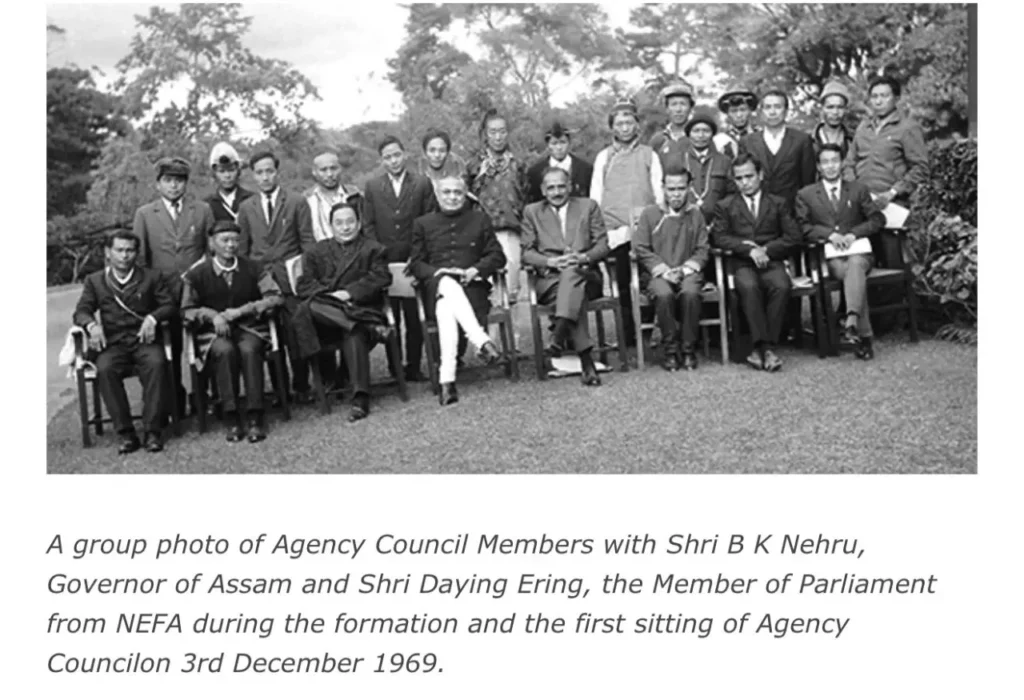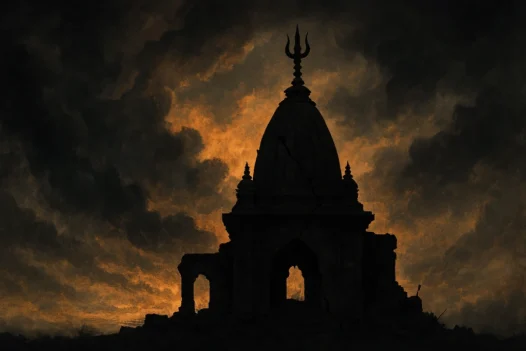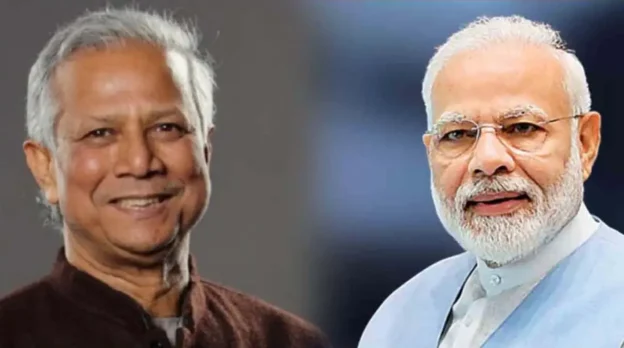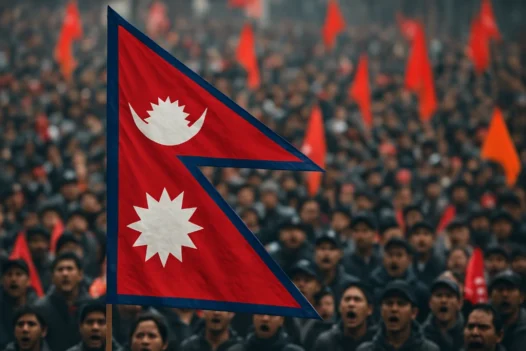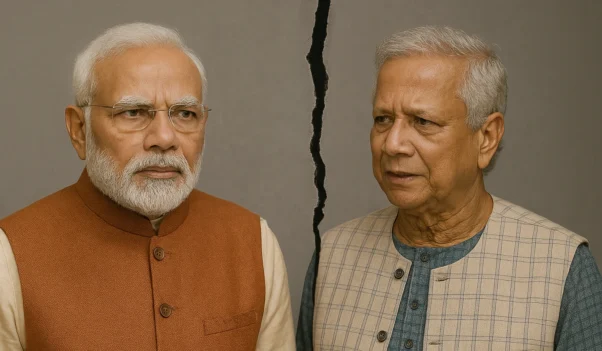On a winter morning in December 1969, the dense forests and snow-clad mountains of what was then known as the North East Frontier Agency (NEFA) stirred with an unusual anticipation. A momentous event was unfolding—one that would mark the beginning of Arunachal Pradesh’s journey towards self-governance. BK Nehru, then Governor of Assam, stood before the newly formed Agency Council and inaugurated its first session. This was not just a procedural change; it was the first whisper of democracy finding its foothold in the remote easternmost edge of India.
The seeds of Arunachal’s identity were sown that day, and over the years, they would grow into a state that, despite its rugged terrain and isolation, would come to embody the essence of Indian unity. On 20 February 1987, Arunachal Pradesh finally stepped out of the shadows and into the Indian Union as its 24th state.
A land shaped by history and struggles
The story of Arunachal Pradesh is deeply intertwined with the history of India. While its mountains have stood for millennia, the modern state’s borders are relatively young. The British, with their policy of isolation, kept this land shrouded in mystery, limiting access and integration with the rest of the subcontinent. Post-independence, India too hesitated at first, cautious about disturbing the delicate tribal equilibrium. However, the resilience of Arunachal’s people ensured that their voice could not be silenced forever.
When the name ‘Arunachal Pradesh’ was suggested by Bibhabasu Das Shastri and K.A.A. Raja, it was more than just a geographical identifier—it was a poetic tribute to the ‘Land of the Rising Sun.’ The name, echoing through ancient Hindu scriptures like the Kalika Purana, reminded India that this land had always been part of its civilisation. Legends spoke of Sage Parshurama absolving his sins in the Lohit River and Lord Krishna’s queen, Rukmini, hailing from these mystical lands. Arunachal had always been part of India’s consciousness, even before it found its official place on the map.
A tapestry of cultures, united by a common tongue
What makes Arunachal unique is not just its history but its people—a vibrant mosaic of 26 major tribes and over 100 sub-tribes. From the Monpas and Sherdukpens of Tawang, who follow Mahayana Buddhism, to the Nyishis, Galos, and Apatanis, who revere the sun and moon, to the Noctes and Wanchos, who have their own hereditary chieftains, each tribe has a distinct identity. Yet, cutting across these cultural lines is an unexpected thread of unity—Hindi. Like many parts of India where linguistic identity is fiercely guarded here too people are equally passionate about their language and identity. Yet Arunachal also very naturally embraces Hindi as a bridge between its diverse communities. In bustling markets and quiet hamlets, the language thrives, not by imposition but by choice.
Strategic significance and the shadow of a giant
Arunachal Pradesh is more than just a cultural treasure—it is a frontier state, standing at the very edge of India’s geopolitical reality. Bordered by Bhutan, Myanmar, and Tibet (China), it has long been at the centre of territorial disputes. China’s persistent claims over Arunachal, referring to it as ‘South Tibet,’ have kept the region in the crosshairs of global strategy.
Yet, in the face of these challenges, Arunachal has stood firm. The Indian government has invested heavily in infrastructure, ensuring that its farthest villages are no longer left behind. Under the North East Special Infrastructure Development Scheme (NESIDS), Rs. 623.87 crores have been allocated to strengthen the state. The Pradhan Mantri Gram Sadak Yojana has brought roads to 85% of its villages. The Vibrant Border Village Programme is transforming once-remote settlements into thriving communities. Arunachal, once seen as a distant outpost, is now at the heart of India’s Act East Policy.
The road ahead: Development and challenges
Despite these strides, Arunachal Pradesh continues to grapple with its own set of challenges. Its breathtaking beauty and rich biodiversity must be balanced with the need for development. Connectivity, especially in remote areas, remains a hurdle. While tourism is on the rise, attracting adventurers to its snow-capped peaks and lush valleys, sustainable growth remains a priority.
The state also faces the delicate task of modernising without erasing its indigenous heritage. The challenge is not just to build roads and bridges but to ensure that Arunachal’s ancient traditions, its oral histories, and its unique way of life do not get lost in the rush of progress.
A celebration of identity and progress
As Arunachal Pradesh celebrates its 39th Foundation Day, it is more than just a commemoration of political status. It is a reminder of how far the state has come—from an isolated frontier to a key player in India’s growth story. It is a tribute to the generations who fought to be heard, to the founding fathers of the Agency Council, to the ordinary citizens who continue to shape its future.
Prime Minister Narendra Modi once remarked, “The people of Arunachal Pradesh are exceptional. They are unwavering in their spirit of patriotism. It’s an honour to work for this great state and help it realise its true potential.”
For Arunachal, the journey is far from over. Its story continues to unfold—a tale of resilience, identity, and an unbreakable bond with India. And as the first rays of the sun touch its misty peaks each morning, Arunachal Pradesh stands tall, a land that has found its voice, its place, and its destiny.

